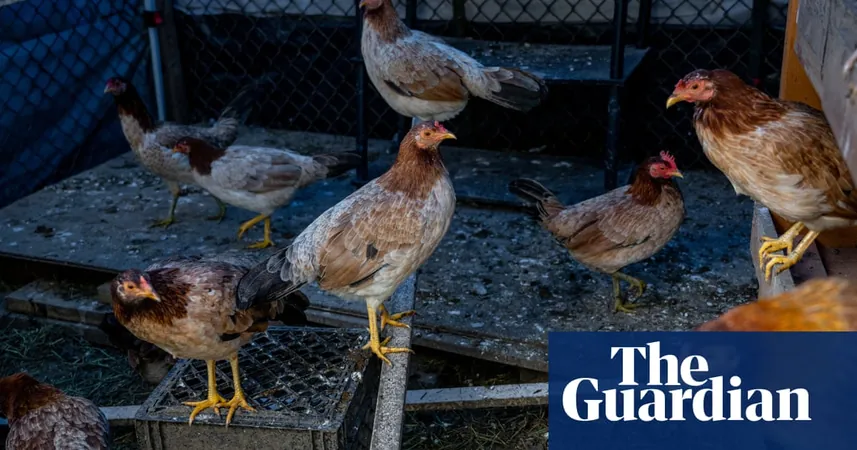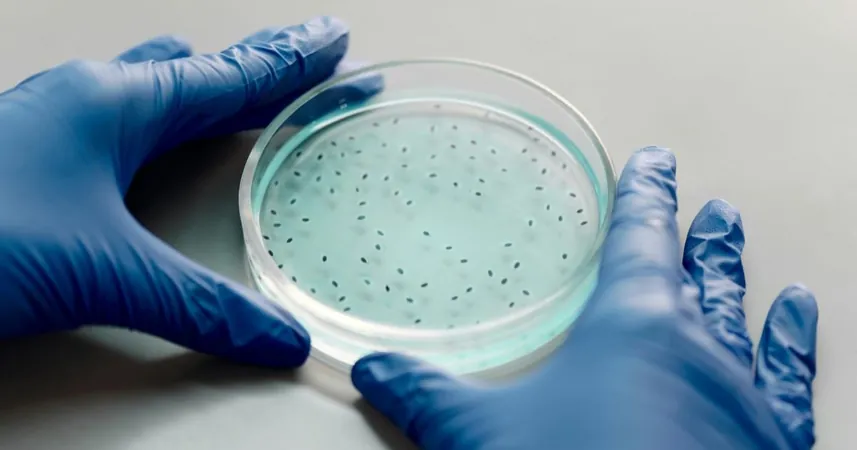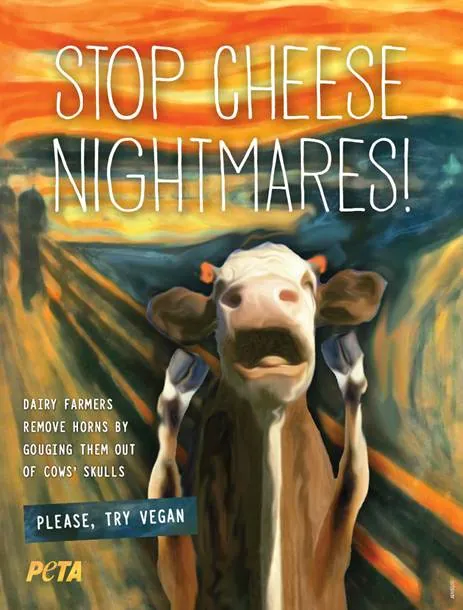
‘All Hands on Deck’: US States Unite Against Resurgent Bird Flu Threat
2025-01-18
Author: Sarah
Overview of Recent Bird Flu Outbreaks
In a concerning development, Maryland has confirmed outbreaks of bird flu in three different commercial poultry flocks within just one week, marking the state's first occurrences in over a year. This alarming spike in infections comes on the heels of Delaware's alarming discovery of the H5N1 strain in two of its poultry operations, prompting both states to establish a joint command to tackle the outbreak effectively.
The highly contagious and deadly bird flu virus has been prevalent in North America since 2022, but recent months have seen unprecedented challenges for the poultry industry. Over 20 million egg-laying hens perished during a particularly brutal fall, leading to skyrocketing egg prices that have left consumers feeling the pinch.
To date, the USDA reports that approximately 134 million birds in the US poultry industry have been impacted by the outbreak. As a precautionary measure, the USDA is now developing a new stockpile of H5N1 vaccines, although officials assert that there are currently no plans to deploy them.
Health Alert and Response Measures
Officials reinforce the pressing need for heightened vigilance not only for animals but also for individuals who interact with poultry. The CDC has issued a health alert, urging hospitals to expedite flu testing for all patients who test positive, particularly those in intensive care, in an effort to facilitate quick contact tracing and public health responses.
Impact on the Poultry Industry
In a region known for its poultry industry, the Delmarva Peninsula—comprising Delaware and parts of Maryland and Virginia—boasts an impressive poultry business worth $4.4 billion as of last year. Producing an astonishing 601 million broiler chickens annually, accounting for roughly 6.5% of the nation's supply, the area is littered with expansive chicken houses that temporarily host thousands of birds.
Emerging Signs of Bird Flu Resurgence
The initial warning sign of bird flu's resurgence in Delmarva emerged from wastewater analyses. Routine testing near Georgetown, where poultry processing is centered in Delaware, indicated the presence of H5 bird flu in early December. Following this, the first human case—a flu patient lacking any known animal exposure—was detected.
As migratory snow geese traveled from the Arctic to the Caribbean, they became another concerning indicator. As of late December, approximately 40 to 50 sick or dead geese were reported at Prime Hook Beach, adjacent to a national wildlife refuge, and subsequent testing confirmed the presence of highly pathogenic avian influenza. This trend continued with further detections of sick snow geese in Maryland.
Steps Taken in Response to Outbreak
The situation escalated in early January when the first case in a flock was officially identified in Delaware's Kent County, followed by additional cases in both states as investigations were intensified. As Stacey Hofmann, spokesperson for the Delaware-Maryland Avian Influenza Joint Information Center noted, "During an active response, we do not consider any state lines. Our multi-state response team is ready to act at the first sign of a suspected infection."
Regions are implementing rigorous testing protocols for all commercial flocks before processing, with poultry producers and backyard owners encouraged to report any sick or deceased birds. The importance of these precautions is underscored by Maryland's committed approach to preemptively preparing for avian influenza challenges, reflecting the sector's economic significance.
Culling and Coordination Efforts
Once bird flu cases are confirmed by the USDA's national lab, affected flocks are culled to prevent virus spread. This comprehensive response involves coordinated efforts between state agriculture and health departments, ensuring that workers receive guidance on personal protective equipment and monitoring for potential infection symptoms.
Current Status and Future Tracking
As of March 2024, 67 confirmed and seven probable H5N1 cases have emerged in the US, alongside additional incidents identified through blood tests. At least 23 individuals contracted the virus from commercial poultry, including one deadly case in Louisiana linked to a backyard flock.
With the urgency of the situation rising, CDC officials, including Nirav Shah, stress the need for a paradigm shift in tracking the virus. “We must transition from a reactive system to one that allows us to assess the ongoing situation in real time,” he stated.
Conclusion
As states grapple with the complexities of this outbreak, one thing is clear: a united front is essential to combat the pervasive threat of bird flu, ensuring the safety of both poultry and public health. Stay tuned for ongoing updates on this critical situation!






 Brasil (PT)
Brasil (PT)
 Canada (EN)
Canada (EN)
 Chile (ES)
Chile (ES)
 Česko (CS)
Česko (CS)
 대한민국 (KO)
대한민국 (KO)
 España (ES)
España (ES)
 France (FR)
France (FR)
 Hong Kong (EN)
Hong Kong (EN)
 Italia (IT)
Italia (IT)
 日本 (JA)
日本 (JA)
 Magyarország (HU)
Magyarország (HU)
 Norge (NO)
Norge (NO)
 Polska (PL)
Polska (PL)
 Schweiz (DE)
Schweiz (DE)
 Singapore (EN)
Singapore (EN)
 Sverige (SV)
Sverige (SV)
 Suomi (FI)
Suomi (FI)
 Türkiye (TR)
Türkiye (TR)
 الإمارات العربية المتحدة (AR)
الإمارات العربية المتحدة (AR)